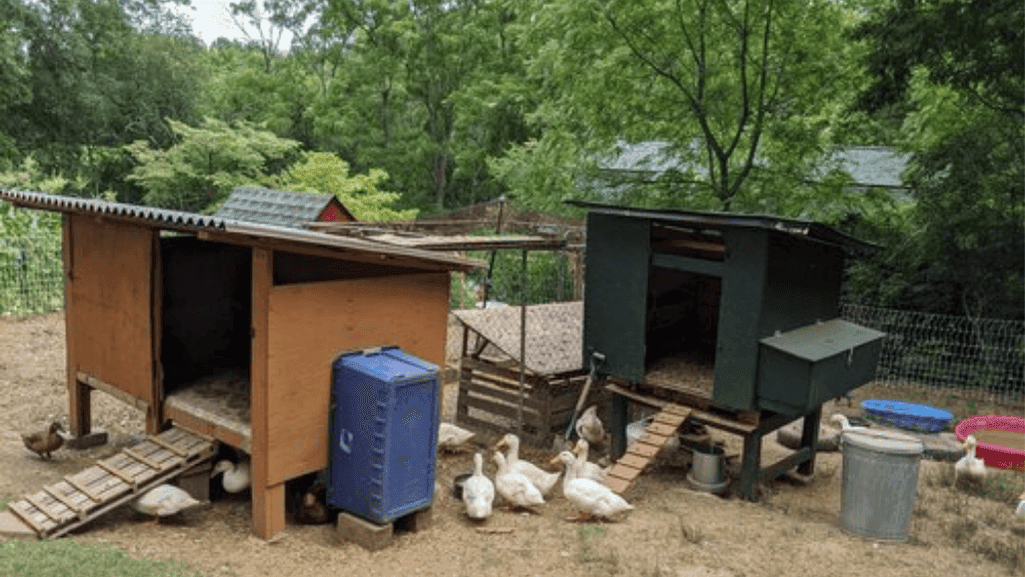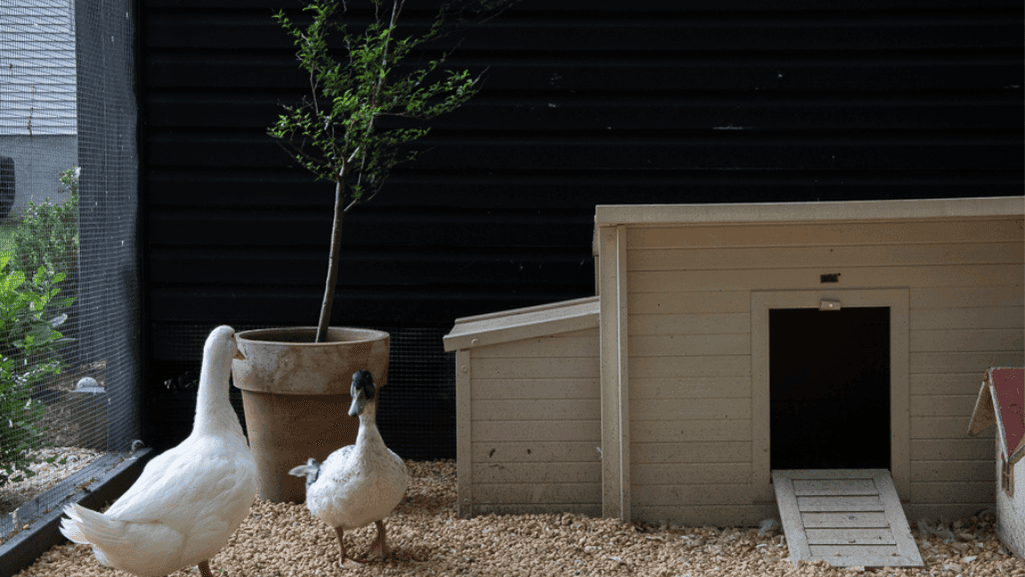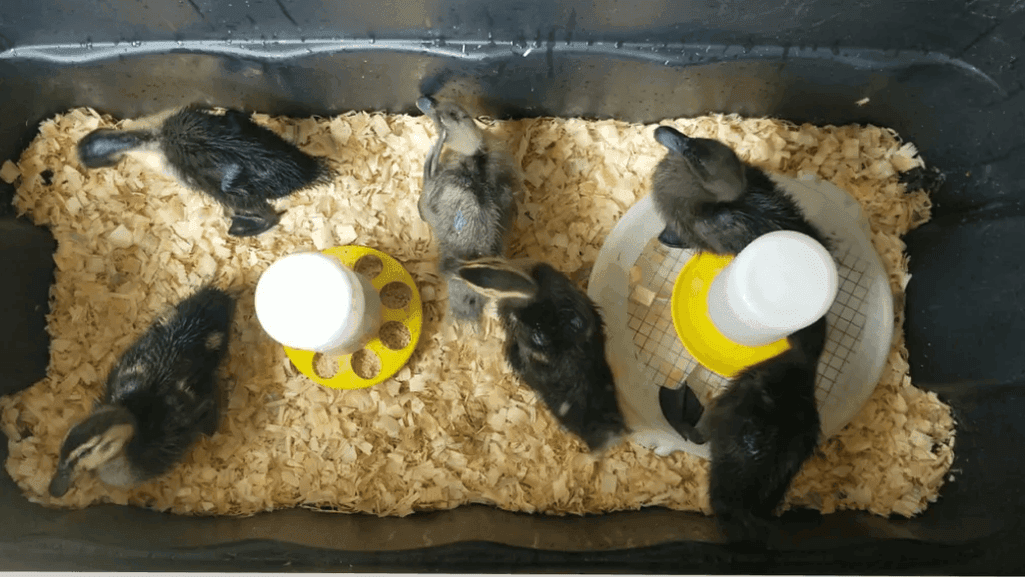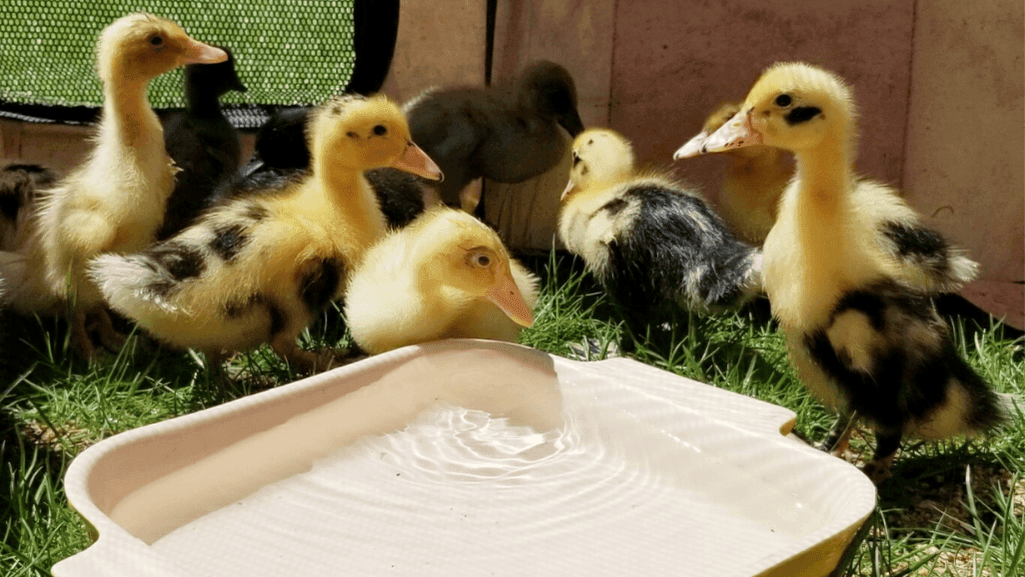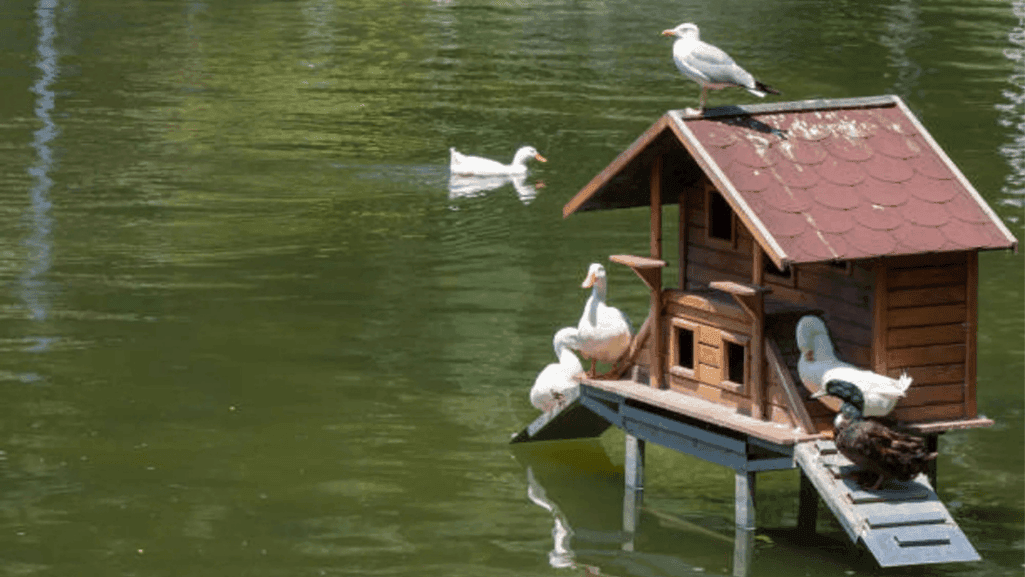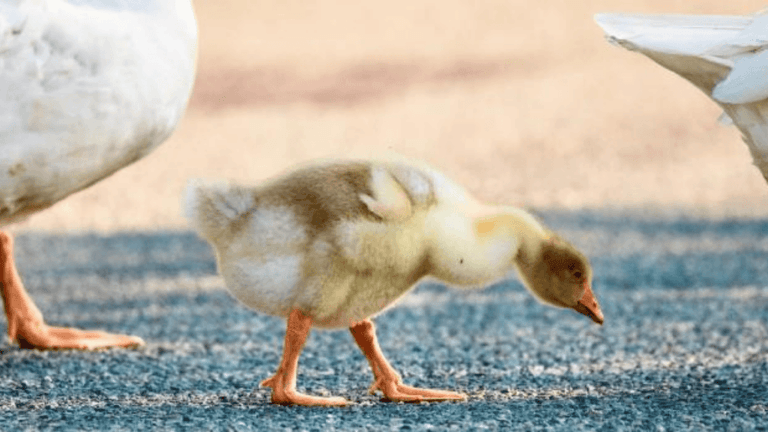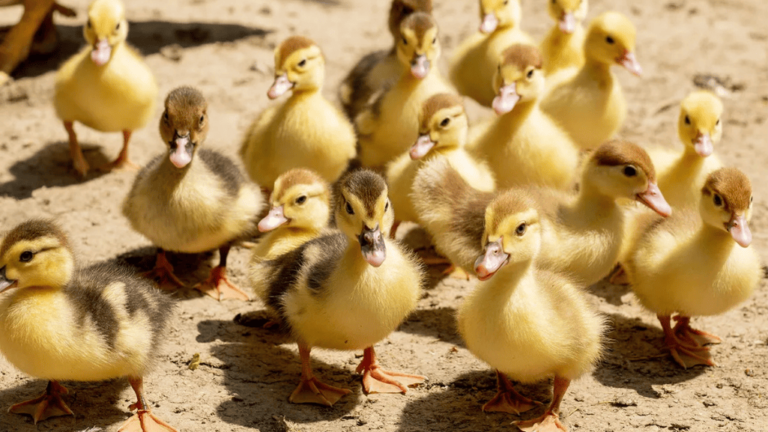Raising ducklings is rewarding but needs careful planning. A comfy and safe place is key for their growth. This guide will show you how to make a DIY duckling pen, from picking the right spot to the final touches.
Whether you’re new to ducks or have experience, this guide offers helpful tips. You’ll learn about the benefits of good duckling housing and what materials and tools you’ll need. We’ve got everything covered.
Join us on this fun journey to build a cozy duck brooder. Your ducklings will love it. Get ready to get hands-on and start your DIY duckling pen project!
Key Takeaways
- Ducklings need a warm, dry, and safe place to grow well.
- A good DIY duckling pen has enough space, air, and keeps predators out.
- Choosing the right spot and materials is key for a successful duck habitat.
- This guide will help you build a functional duckling housing step by step.
- Adding comfy bedding, water, food, and regular care will keep your ducklings happy and healthy.
Importance of a Proper Duckling Pen
Building a duckling enclosure is key for raising healthy ducks. A good backyard duck pen keeps your ducks safe and happy. It also helps them grow well.
Benefits of a Well-Designed Space
A big and tidy duck shelter has many benefits for your ducklings:
- Ducklings need at least 0.5m² for sleeping and about 1.5m² for daytime play.
- Enough space helps them grow faster, getting fully feathered in about six weeks.
- Easy access to clean water is vital, as they drink about 1L per day per duck.
- Keeping the pen clean prevents health issues from living in manure and mud.
Ducklings waste over three times as much water as chicks, so water checks are essential.
Ensuring Safety and Security
Keeping your ducklings safe from dangers is very important. A secure duckling enclosure should have:
- Enclosing the pen at night to protect against predators.
- Using strong wire with openings no bigger than 1/2″ by 1/2″ to keep predators out.
- Providing shallow water dishes with marbles or stones to prevent drowning.
- Installing safety fencing around small pools to avoid accidents and meet legal standards.
By focusing on your ducklings’ safety and comfort, you’ll create a caring space for their growth and happiness.
Selecting the Right Location for Your Pen
Finding the perfect spot for your duckling pen is key for their health and happiness. A well-chosen duck run can greatly improve their living space.
Factors to Consider in Site Selection
When looking for the best spot, remember these important points:
- Drainage: Make sure the area drains well to avoid mud. A 6″ layer of coarse sand helps with this, even in busy spots.
- Predator protection: Pick a spot safe from predators like possums and raccoons. A protected run or pen attached to the coop is a good idea.
- Proximity to water: Ducks enjoy water, so a pen near a pond is great. Just clean the pool often to keep it fresh.
Sunlight and Shelter Needs
Ducklings need sunlight and shelter to stay healthy. In winter, a warm, dry place is essential. In summer, they need shade and a bit of breeze to stay cool. A good duck coop should protect them while letting air in.
Experts say ducks need at least 0.5m2 in their sleeping area and about 1.5m2 for daytime play.
By thinking about these needs and designing a pen that meets them, you’ll give your ducklings a great place to live and grow.
Materials Needed for Your DIY Duckling Pen
Creating a cozy home for your ducklings is key for their growth. Ducklings grow fast, changing from cute balls to big poopers in weeks. You’ll need the right materials and tools to build a good duck brooder or duckling housing.
Recommended Wood Types and Supplies
Choose wood like pallets or scrap wood for your duckling pen. For the floor, use an 8′ x 4′ plywood on 18″ timbers. Frame walls with 2″ x 6″ timbers, 4 feet long on the back and sides.
Use 1/2″ x 1/2″ hardware cloth for protection from predators. Line the floor with linoleum or vinyl for easy cleaning. The “Royelle 12-ft W x Cut-to-Length Rock Hill Stone Look High-Gloss Finish” works well.
Essential Tools for Construction
Having the right tools makes building your duckling pen easy. You’ll need:
- Drill and drill bits (Ryobi tools, introduced in 2007, are a popular choice)
- Saw for cutting wood to size
- Hammer and nails or screwdriver and screws
- Measuring tape and pencil for accurate measurements
- Safety glasses and work gloves for protection
For the roof, use “Ondura 4-ft x 6.58-ft Corrugated Asphalt Roof Panels” with roofing nails. Good ventilation is important because of the moisture from duck droppings. Make sure to add vents or windows.
A well-constructed duck brooder or duckling housing provides a safe, comfortable space for your feathered friends to grow and thrive.
Step-by-Step Guide to Building Your Pen
Creating a cozy home for your ducklings is a fun DIY project. You’ll need the right materials and some effort to build a diy duckling pen. This will keep your feathered friends safe and happy. Let’s start building your duckling pen step by step.
Creating the Base Structure
Start by setting up the front and back walls, and the floor of your duckling pen. Use strong wood like pallets or fence panels for the frame. Then, attach plywood to make a solid base. Remember, ducks need at least 0.5m² per duck for sleeping and 1.5m² for daytime play.
Installing Walls and Roof
After the base is ready, it’s time for walls and a roof on your duck shelter. Use corrugated plastic or plywood for walls, making sure they’re well attached. For the roof, go for hardware cloth and corrugated panels for good ventilation and protection. Add trim and caulk to keep drafts out.
Ducks prefer at least 0.5m² in the sleeping area per duck and around 1.5m² per duck for daytime foraging in an enclosed run.
Adding a Secure Entrance
Install a big, hinged door at the back for easy cleaning and egg collection. Make sure the door is strong and safe from predators. Ducks face threats like possums, raccoons, and even owls. Add hooks and locks for extra safety.
For easy cleaning, put peel & stick vinyl tiles on the floor and walls. This makes upkeep simple and keeps your ducklings’ home clean and comfy.
Enhancing Your Duckling Pen for Comfort
Creating a cozy home for your ducklings is key to their health. You need the right bedding, nesting spots, and access to food and water. Ducks eat more than chickens and drink a lot of water, about 1L per day.
Providing Bedding and Nesting Areas
Make sure your duckling pen has lots of straw for bedding and nesting. Unlike chickens, ducks don’t need a duck nesting box. A cozy straw corner is enough for them to nest. Use a duck brooder to keep them warm and safe, mainly in the first few weeks.
Ducklings need a certain temperature to stay healthy. Keep it at 90°F for the first week and then lower it by 1 degree each day. A good duck brooder helps keep the right temperature for them.
Access to Water and Food
Ducks love to play in water and need it to eat and stay healthy. Give them a big, shallow dish for bathing. Use a heavy ceramic dish to stop it from tipping over.
“Ducks need a lot to drink each day, more than chickens.”
For easy cleaning, use disposable egg cartons for feed. Ducklings need more niacin for strong bones, so give them a balanced diet.
By following these tips, you’ll make your duckling pen a happy and healthy home for your feathered friends.
Maintaining Your Duckling Pen
Keeping your backyard duck pen clean is key for your ducklings’ health and happiness. Regular cleaning stops harmful bacteria and parasites. It also makes sure your ducklings have a safe place to grow.
With a few easy tips and seasonal changes, you can keep your duck coop and run great all year.
Regular Cleaning and Care Tips
Start a daily cleaning routine to keep your duckling pen healthy. Change the bedding, like wood shavings or straw, to fresh material. Clean rubber mats, towels, and the pen with water to get rid of dirt and droppings.
Let everything dry in the sun or a laundry room before using it again. Give your ducklings time outside in a safe playpen. This lets them get fresh air, sunlight, and exercise, which helps with less cleaning inside.
Seasonal Considerations for Pen Upkeep
Seasonal changes mean you need to adjust how you care for your duckling pen. In cold months, make sure the pen is draft-free and dry. This keeps your ducklings warm and cozy. Add extra bedding for warmth and use a safe heat source if needed.
In summer, make sure there’s plenty of shade and air to avoid heat stress. Duck runs with covers can protect your ducklings from bad weather. Always check the pen for damage and fix it to keep your ducklings safe and happy.


